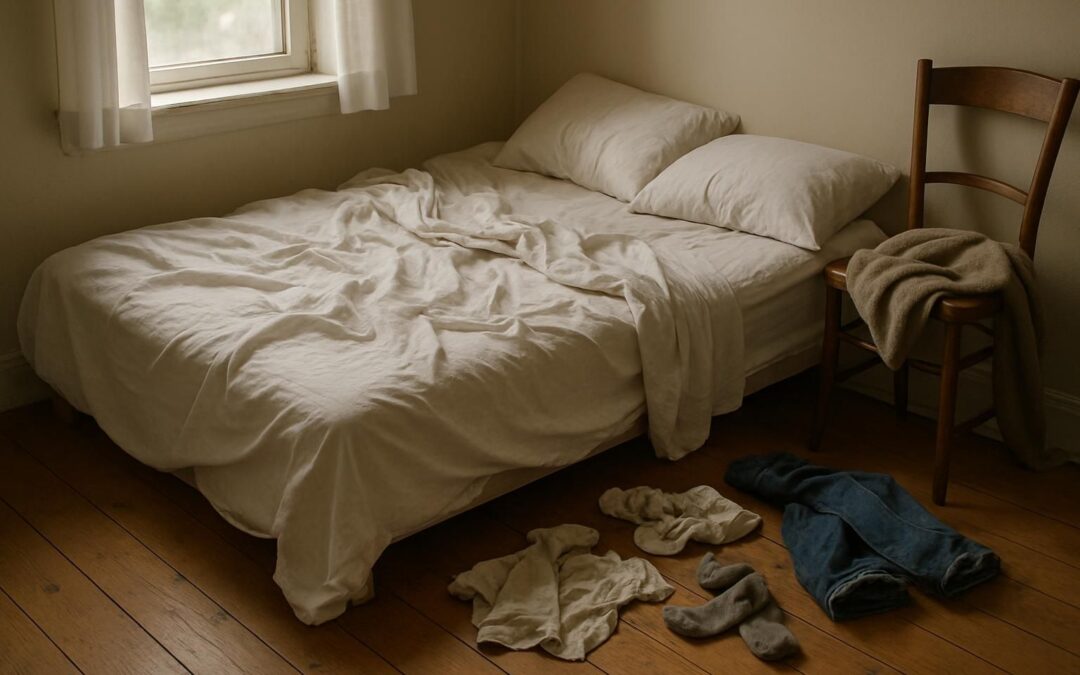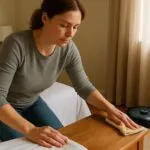Cleaning a house can feel like running a marathon without an end in sight. People often wonder, exactly how long should “Cleaning Your House Take,” anyway? The truth is that house size, clutter levels, and house cleaning frequencies all play significant roles in whether tidying up feels quick or endless.
This guide helps break down realistic timelines for bathroom cleaning, kitchen cleaning, bedroom routines, and even electronics surfaces. It shows easy-to-follow strategies to clear overwhelming messes into manageable steps by using handy items like microfiber cloths and reliable all-purpose cleaner.
Readers can benefit from extra details on seasonal cleaning checklists, home organization tips, and ideas for setting up a cleaning schedule that fits their routines.
Anyone aiming for quicker cleanup sessions can find practical tips ahead. Keep reading to clean smarter not harder!
Key Takeaways
- Home size significantly impacts cleaning duration; small apartments may take just 1-3 hours, medium homes around 3-6 hours, and large residences from 4 to over 10 hours for thorough deep cleaning.
- Clutter slows cleaning down dramatically organizing rooms before starting can notably speed up chores; families save time by using multi-purpose tools like microfiber cloths, cordless vacuums and effective all-purpose cleaners.
- Regular routines cut weekly cleanup to about six manageable hours total per week, helping people keep ahead of dirt accumulation in high-use spaces such as kitchens (average 15 minutes extra), bathrooms (~1.5 hrs), bedrooms (30 min – 2 hrs), laundry areas (15 – 30 min), and living areas (~10 – 20 min).
- Deep-cleaning sessions completed quarterly or biannually double or triple usual housecleaning times because they involve detailed tasks like mattress cleaning, appliance scrubbing with baking soda solutions, shower curtain cleaning, electronics cleaning and grout disinfecting.
- Using efficient supplies improves cleanliness while saving time: microfiber cloths remove up to 99% of germs versus cotton’s ~30%, cordless vacuums eliminate plug hassles reducing room-cleanup minutes each session, and versatile all-in-one cleaners streamline multiple chores effectively.
Key Factors Influencing House Cleaning Duration
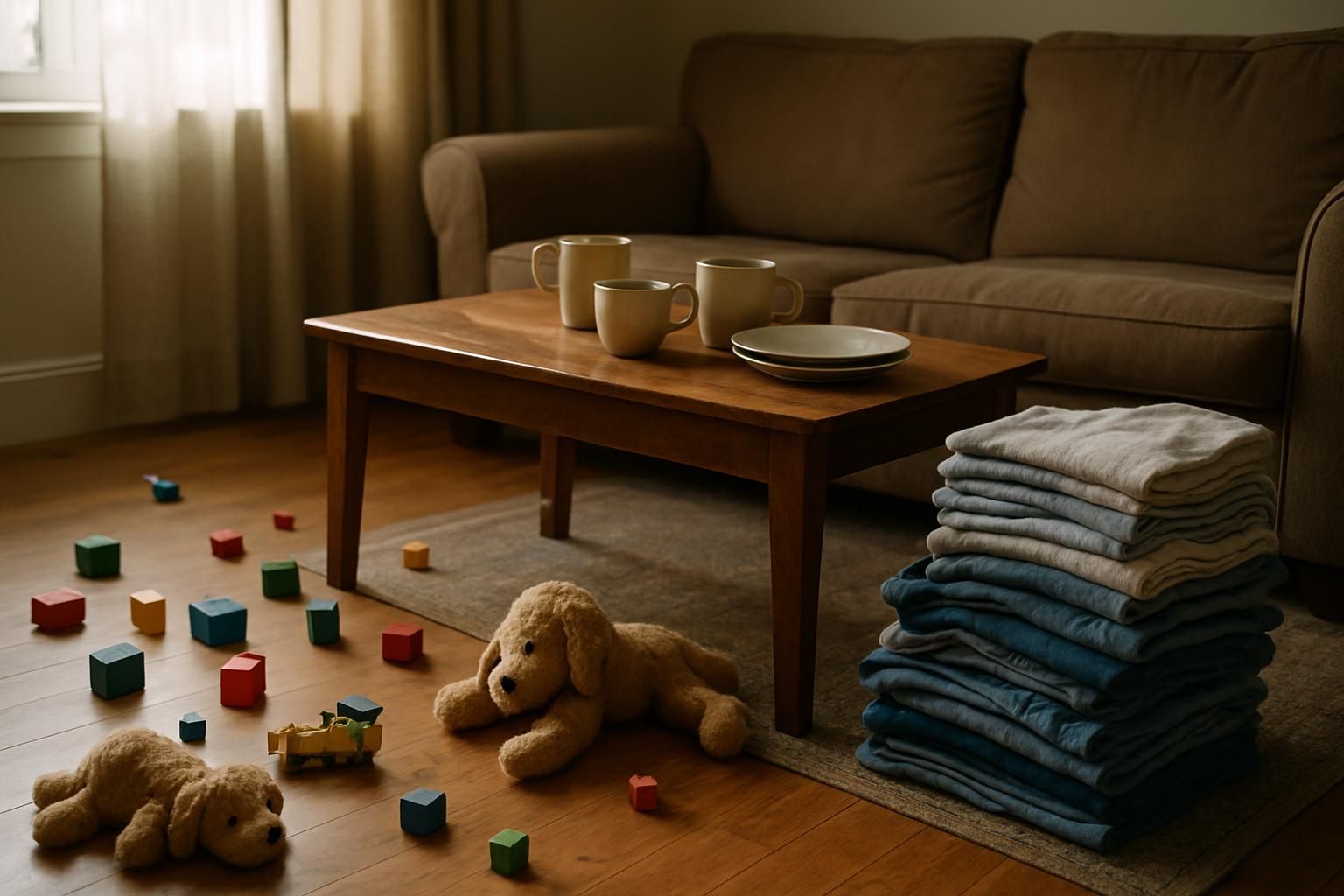
House cleaning isn’t always a quick wipe-down with an all-purpose cleaner and microfiber cloth. Many factors, like clutter or how often you scrub the kitchen sink, affect how long you’ll spend tidying up.
An interactive cleaning checklist can help organize tasks for kitchen cleaning, bathroom cleaning, bedroom cleaning, and more. Use the guidelines provided to set up a personal cleaning schedule.
Home Size Impact
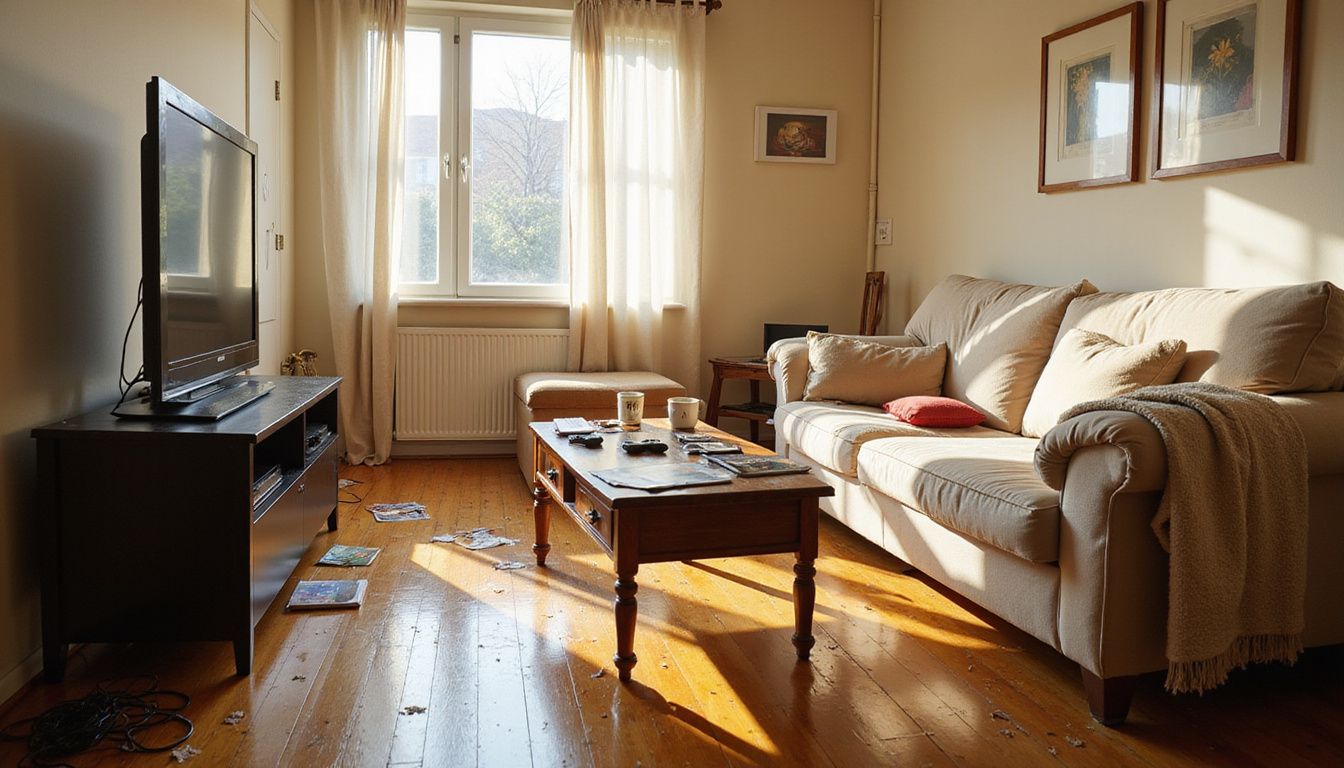
Bigger homes naturally demand longer cleaning sessions. Cleaning a standard-sized house usually takes about 4 to 8 hours, while tidying up just one room can need around 1 or 2 hours of work.
Larger houses tend to have extra bathrooms, spacious kitchens with extensive countertops needing thorough kitchen cleaning, and multiple bedrooms filled with more furniture and household items like cabinetry or electronics; all contributing factors that significantly increase the total duration of house cleaning chores for homeowners and parents alike.
Room Count Considerations
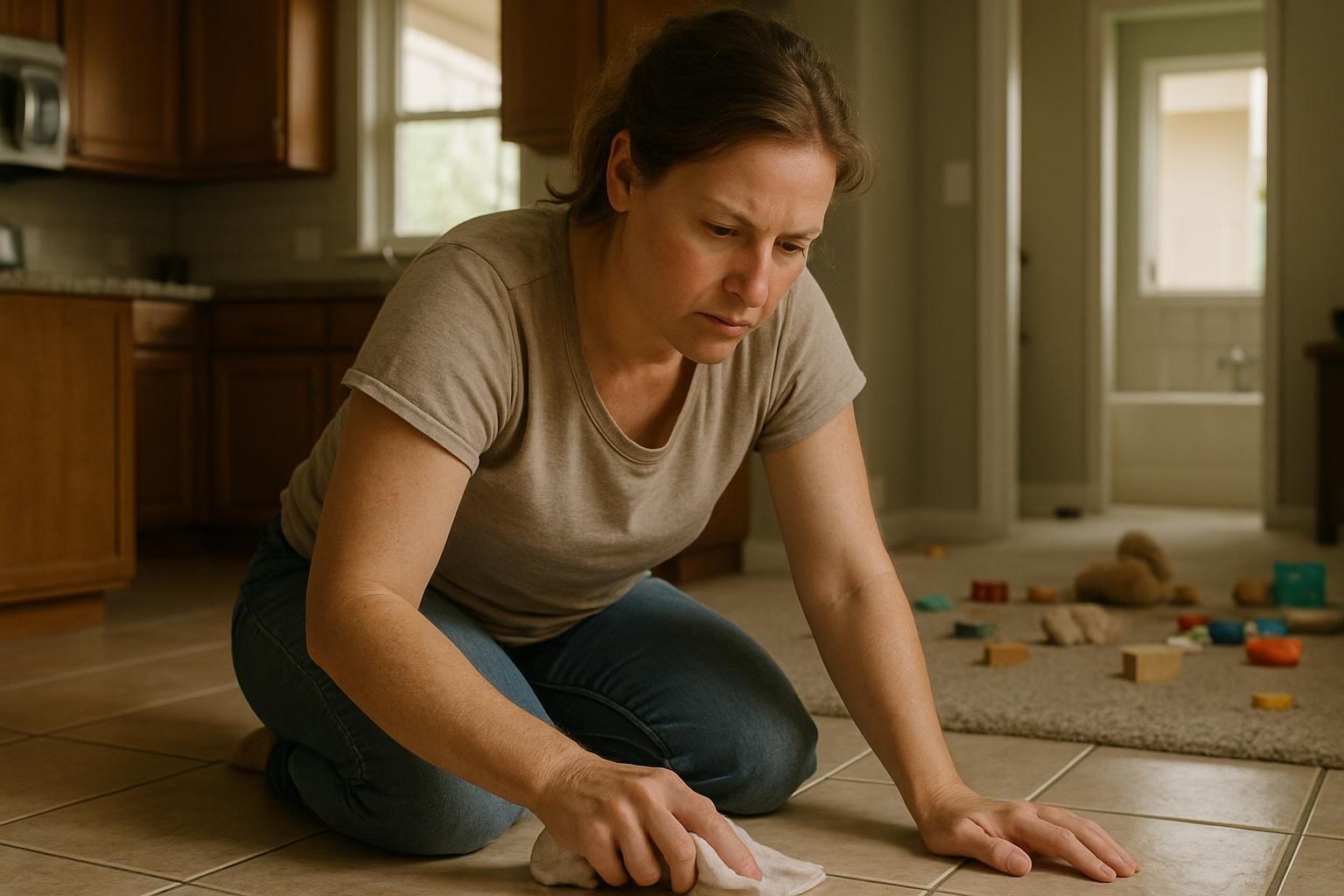
The number of rooms heavily affects how long house cleaning takes. Cleaning a one-bedroom apartment with just a bathroom, kitchen, and living area usually requires around two to four hours.
In contrast, homes with three or more bedrooms, extra bathrooms, larger kitchens, laundry rooms, and storage areas demand six or more hours in total. Each room adds tasks like bedroom cleaning chores including dusting mattresses or sorting clothes; detailed bathroom cleaning projects such as shower curtain cleaning and vanity cleaning; tough kitchen cleaning duties from countertops cleaning to dishwasher cleaning maintenance.
Families with kids often find toy clutter slows the process further.
Clutter Level Effects

Clutter directly impacts cleaning time. Messy kitchen countertops, crowded cabinets, and scattered toys in bedrooms add extra minutes to tidying tasks. Procrastination makes clutter pile up and turns simple chores like bathroom cleaning or organizing living areas into longer jobs.
A disorganized home slows down daily routines too. Digging through messy laundry rooms for dish soap or searching packed cabinets for microfiber cloths wastes valuable minutes each day.
More clutter also means house owners must spend extra effort dusting around items during regular bedroom cleaning or wiping surfaces while using all-purpose cleaner in kitchens and bathrooms.
Reducing clutter cuts down on confusion and frustration, making weekly cleanup much quicker; this helps lead naturally into the next important factor of housekeeping: Cleaning Frequency.
Cleaning Frequency
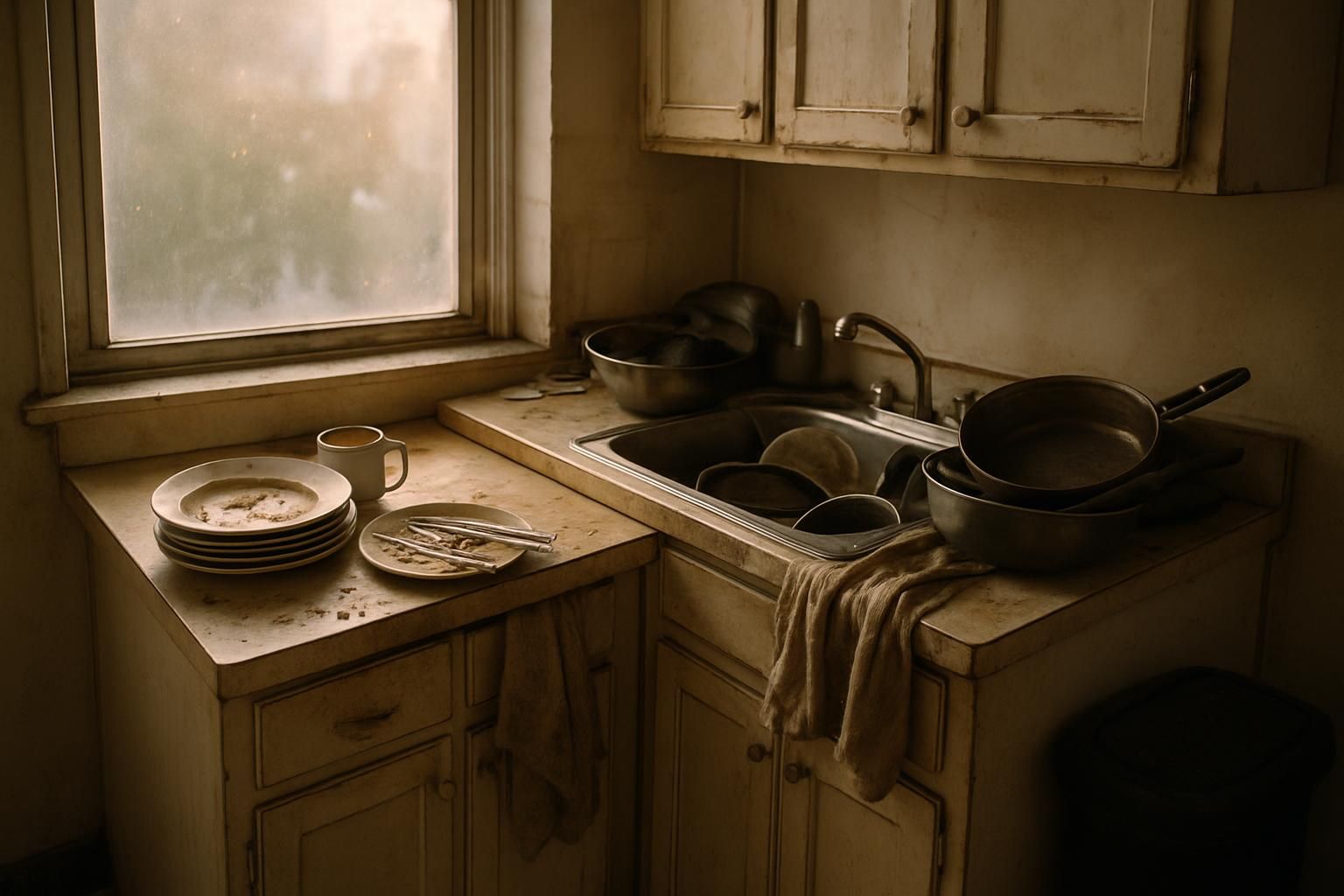
Cleaning frequency directly affects how long cleaning takes. High-traffic zones like kitchens and bathrooms call for a weekly cleaning schedule to prevent grime buildup on countertops, sinks, shower doors, toilets, or other surfaces.
Deep cleaning chores such as mattress cleaning, washing machine maintenance, dishwasher cleaning, and thorough home organization tasks are best done once or twice per year. Keeping up with smaller tasks regularly lets house owners spend less time scrubbing tough areas later on.
Setting a clear weekly routine using proper tools like microfiber cloths and all-purpose cleaners can slash overall cleanup sessions noticeably. Knowing the right kitchen cleaning or bathroom cleaning schedules is essential; realistic estimates based on different home sizes are outlined in this guide.
Estimated Times for Cleaning Various Home Sizes
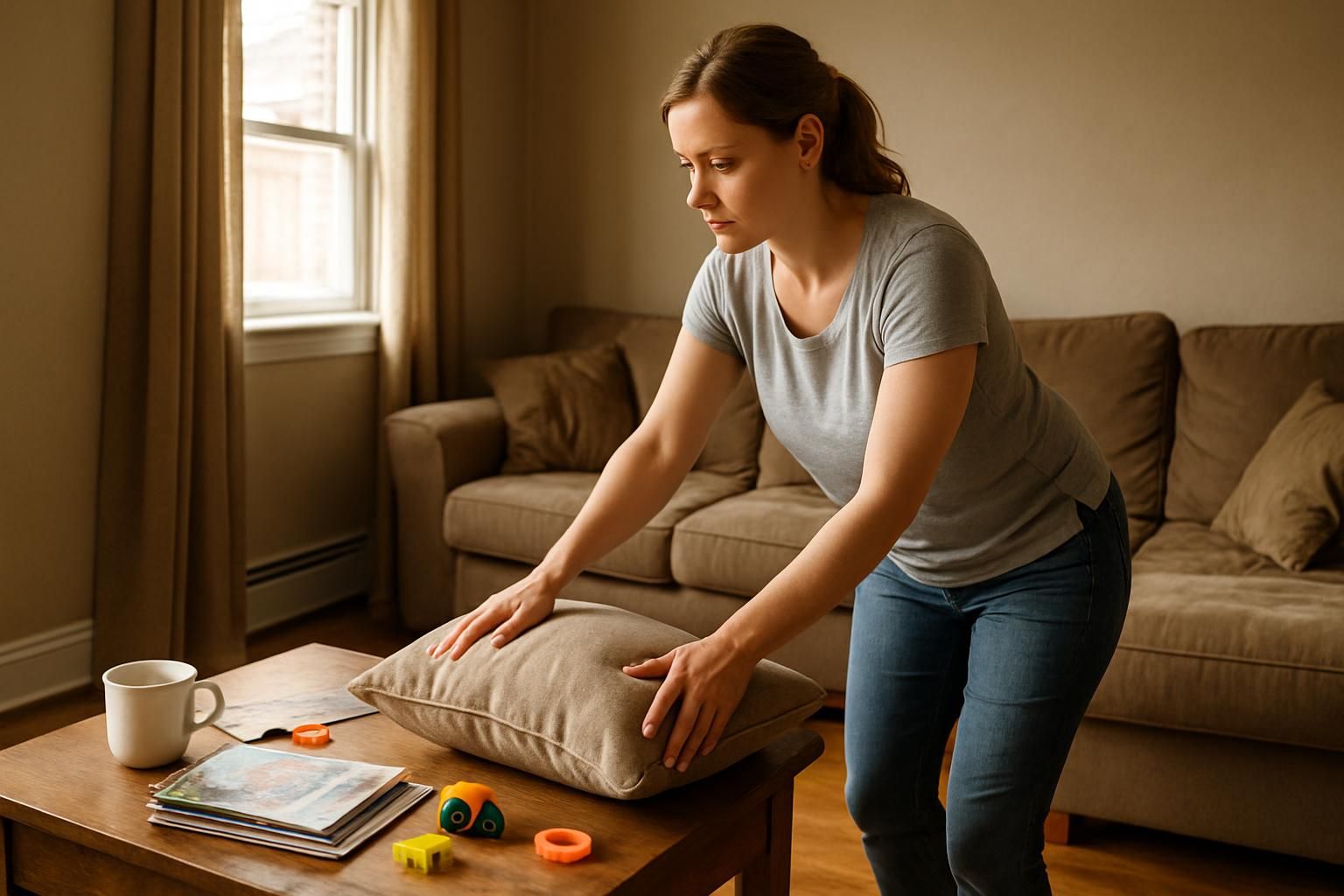
Cleaning duration for homes can vary widely based on square footage and clutter read on to find out how long it’ll take to tidy places big and small.
Small Apartment Cleanup
Studio apartments usually need around 1-2 hours to clean completely. One-bedroom units typically require about 2-3 hours, depending on clutter levels and the number of occupants. For kitchens, using an all-purpose cleaner helps tackle countertops cleaning quickly.
Microfiber cloths make wiping bathroom surfaces easier, while glass cleaner speeds up window and mirror care. Using multi-use cleaning tools cuts down time spent swapping cleaning supplies back and forth between rooms, making a small apartment cleanup simple and stress-free for busy parents or homeowners looking to save energy for other family tasks.
Medium House Cleaning Duration
A standard cleaning for a medium-sized house with two to three bedrooms typically takes about 3 to 4 hours. For families wanting deeper spring cleaning or fall cleaning, it usually runs between 4 and 6 hours.
Home organization levels can really add time; cluttered countertops, vanity areas, showers, and messy bedrooms need extra effort. The right cleaning tools make a difference too: microfiber cloths, cordless vacuums, all-purpose cleaner spray for kitchen cleaning tasks like dishwasher cleaning or wiping down bathroom surfaces help speed up the work effectively.
Large Residence Cleaning Time
Medium homes cleaning seems quite manageable. But imagine tackling a house with 4 or more bedrooms; that task gets trickier. Standard cleaning for these larger residences generally takes from 4 to 6 hours, depending on clutter levels and regular housekeeping habits.
Deep cleaning extends even longer, often requiring between 6 to over 10 hours per session due to extra tasks like mattress cleaning, shower curtain cleaning, dishwasher cleaning, electronics cleaning, vanity cleaning and thorough kitchen cleaning with an effective all-purpose cleaner.
House owners can speed this up by using multi-tasking tools such as microfiber cloths or cordless vacuum cleaners and focusing effort first on high-traffic areas like bathrooms and kitchens before moving into other rooms like laundry spaces or spare bedrooms.
Strategies to Reduce House Cleaning Time
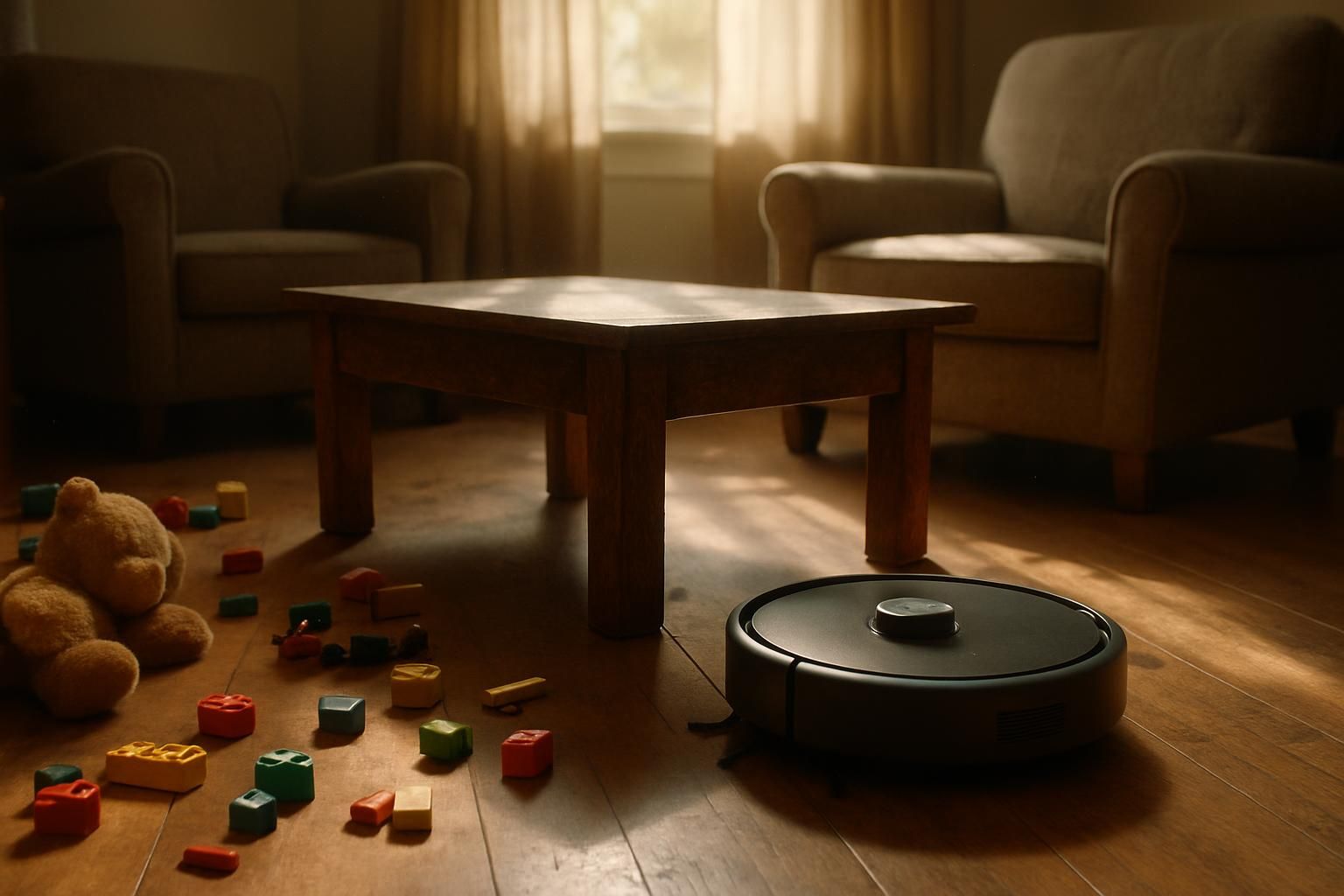
Cleaning doesn’t have to eat up a homeowner’s whole weekend. With handy cleaning tools like microfiber cloths and cordless vacuums, families can breeze through chores in record time.
Declutter Before Starting
Decluttering before cleaning makes the job easier and quicker. Sorting out unnecessary items in each room allows clear access to countertops, shelves, and floors. Removing unused cooking tools from kitchen counters speeds up kitchen cleaning; toys scattered on bedroom floors slow down bedroom cleaning significantly.
Clearing toiletries off bathroom vanities simplifies bathroom cleaning tasks too. House owners can place misplaced goods into designated storage baskets or bins for better home organization.
Parents may engage children by turning decluttering chores like tidying shower curtains or gathering laundry into games or timed challenges, making cleanup faster and less tedious for all involved.
Creating a simple checklist to sort items can improve both cleaning efficiency and overall home organization.
Employ Multi-Use Cleaning Tools
Multi-use cleaning tools are lifesavers that cut down on clutter and speed up chores. Microfiber cloths handle dusting surfaces, wiping glass cleaner from mirrors, or getting rid of smudges on electronics.
All-in-one cleaning products let homeowners skip switching cleaning supplies between kitchen cleaning and bathroom cleaning. An all-purpose cleaner spray tackles grime on bathrooms, kitchens, bedroom furniture, and even the laundry room sink in seconds flat.
By placing these versatile items into a handy cleaning caddy stocked with baking soda for extra scrubbing power, families finish quicker and feel less worn out.
Prioritizing busy areas at home saves plenty of valuable time daily.
Prioritize High-Traffic Zones
After choosing multi-purpose cleaning tools, tackling high-traffic zones keeps household dirt under control. Kitchens and bathrooms attract grime fast; crumbs gather on countertops, sinks get messy quickly, and bathroom mirrors fog with daily use.
Sticking to a regular cleaning schedule in these spaces helps parents avoid clutter overload. Cleaning one room at a time reduces stress and prevents burnout.
Focusing first on kitchen cleaning and bathroom cleaning saves valuable time overall. Homeowners keep all-purpose cleaner, glass cleaner, baking soda, toilet cleaner, and microfiber cloths close at hand for quick access in busy areas like vanity cleaning or shower curtain cleaning tasks.
Small everyday actions prevent buildup from turning into major messes later on.
Maintain a Regular Cleaning Routine
A regular cleaning schedule cuts stress and confusion for busy house owners. Cleaning high-traffic areas like bathrooms, kitchens, countertops, and living rooms each week prevents heavy dirt build-up.
Low-use spaces such as guest bedrooms or dining rooms can wait two or three weeks between cleanings. Spending about 6 hours a week on tasks keeps the workload manageable; an hour spent here and there feels less tiring than one long session.
Families benefit from assigning chores clearly in a weekly cleaning schedule. For example, parents can handle bathroom cleaning with toilet cleaner every Saturday morning while kids tackle bedroom cleaning with microfiber cloths at the same time.
Setting routine dates like Tuesdays for laundry room cleanup or Sundays for vanity cleaning makes household tasks simple to track without nagging reminders or forgotten chores piling up later.
Detailed Time Guide for Each Room
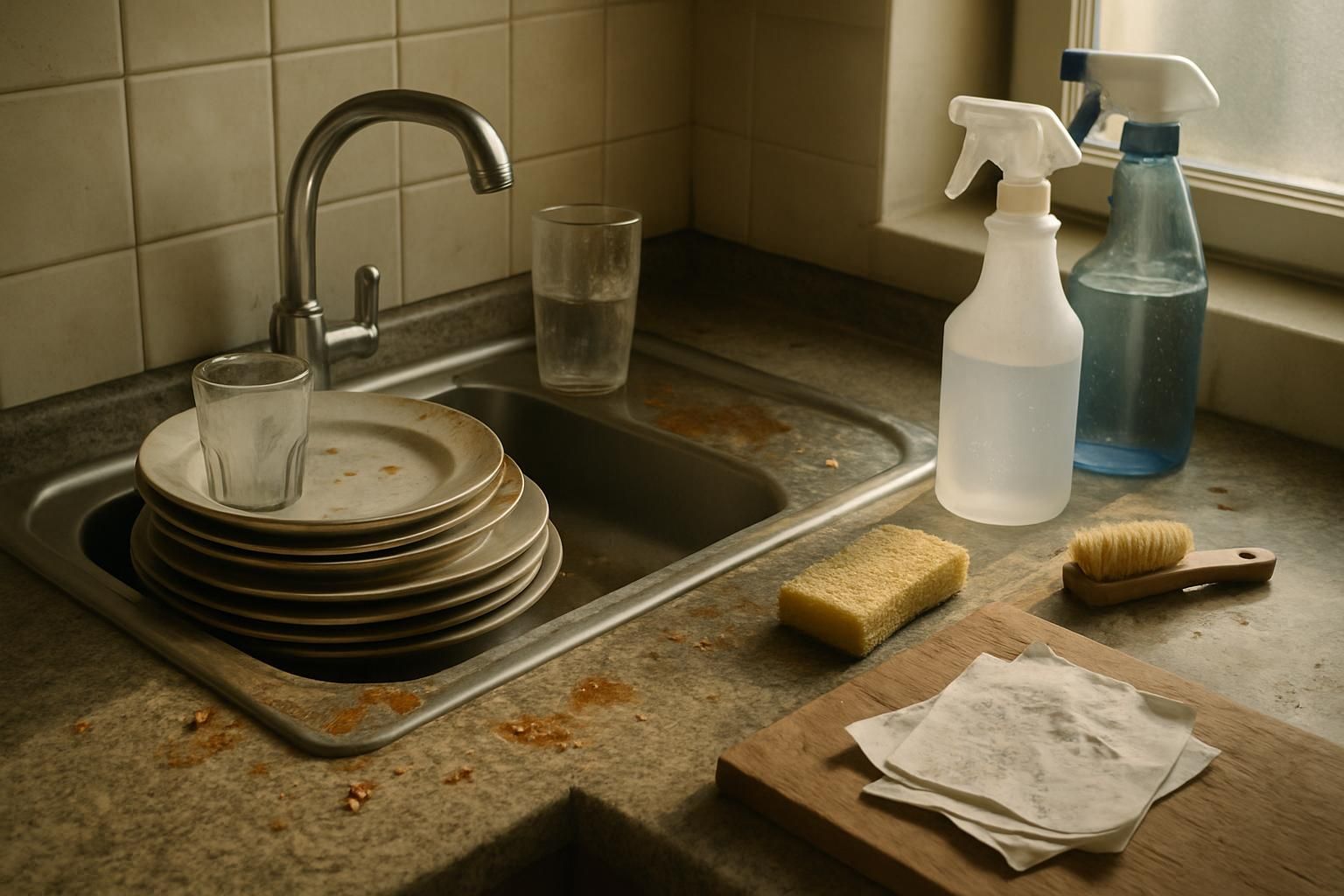
Learn accurate cleanup time-frames and the best cleaning tools to tackle each room kitchens, bathrooms, bedrooms, and more to speed up your routine.
Kitchen Cleanup Time
Kitchen cleaning usually takes about 15 minutes beyond the regular two-hour house cleanup. Dishes pile up quickly, so washing dishes is an everyday task that consumes most of this time.
Sweeping and mopping floors clears crumbs effectively; disinfecting countertops removes bacteria and keeps surfaces safe for meal prep. Deep cleaning the oven or tackling refrigerator grime adds another hour each, making these tasks best scheduled separately.
To speed things along, an all-purpose cleaner and microfiber cloths work wonders on messes around the stove or sink area, while baking soda easily lifts stubborn spots inside appliances like microwaves.
Bathroom Cleaning Duration
After tackling kitchen cleaning, bathroom cleaning typically takes about 1.5 hours to finish properly. Regular bathroom cleaning means scrubbing the shower walls, bathtub, vanity countertops, and toilet with a good all-purpose cleaner and microfiber cloths.
The job includes spraying glass cleaner on mirrors, using reliable toilet cleaner inside bowls, unclogging shower drains to prevent buildup issues, and washing or replacing the shower curtain if needed.
Baking soda can boost scrubbing power by helping loosen grime in sinks or tubs for quick removal. Parents often find that breaking this chore into smaller tasks helps complete it quicker without feeling worn out by tough-to-remove dirt buildup in hidden corners or tight spaces.
Bedroom Cleaning Time-frame
A bedroom cleaning typically takes between 30 minutes and 2 hours. Professional cleaners handle a standard bedroom in about half an hour, ideal when time is tight. For house owners who keep bedrooms moderately tidy through regular quick cleanups, maintenance generally runs around 45 minutes.
Bedroom cleaning includes floor vacuuming or mopping with cordless vacuum cleaners, dusting electronics and furniture using microfiber cloths, changing bedding linens routinely, mattress cleaning with baking soda if needed, and wiping mirrors or windows with glass cleaner.
Staying on track depends on factors such as room size and clutter level; more mess equals longer cleanup sessions. Keeping clutter manageable by organizing belongings regularly cuts down future deep cleaning duration considerably.
Insights into the living area cleaning schedule follow to help manage home organization even better.
Living Area Cleaning Schedule
After cleaning bedrooms, tackling the living area comes next on the home’s cleaning schedule. On average, a homeowner should prepare to spend about 10-20 minutes tidying up this heavily used space.
A clear checklist helps keep tasks organized and effective: daily chores might include quickly picking up toys or clutter and wiping down electronics using microfiber cloths sprayed with glass cleaner or all-purpose cleaner.
Weekly duties could involve vacuuming carpets, dusting shelves and surfaces, fluffing sofa cushions, and sweeping floors in high-traffic areas. Monthly tasks typically take longer; for example, washing throw blankets and curtains or deep cleaning window blinds adds extra minutes but refreshes the room nicely for family activities.
Laundry Room Cleanup
Laundry room cleanup takes roughly 15 to 30 minutes, depending on clutter level and laundry volume. Regularly wiping washers and dryers with a mix of vinegar, baking soda, or an all-purpose cleaner prevents mold buildup and odors.
House owners should empty laundry baskets weekly; detergent residue and moisture can quickly lead to musty smells. Quickly cleaning lint filters after each dryer cycle cuts fire risks by about 34%, according to U.S Fire Administration figures.
Microfiber cloths effectively handle dust from shelves, counters, electronics cleaning, and cabinets around the laundry space within five minutes or less per wipe-down session.
Comparison of Deep Cleaning and Routine Cleaning Times
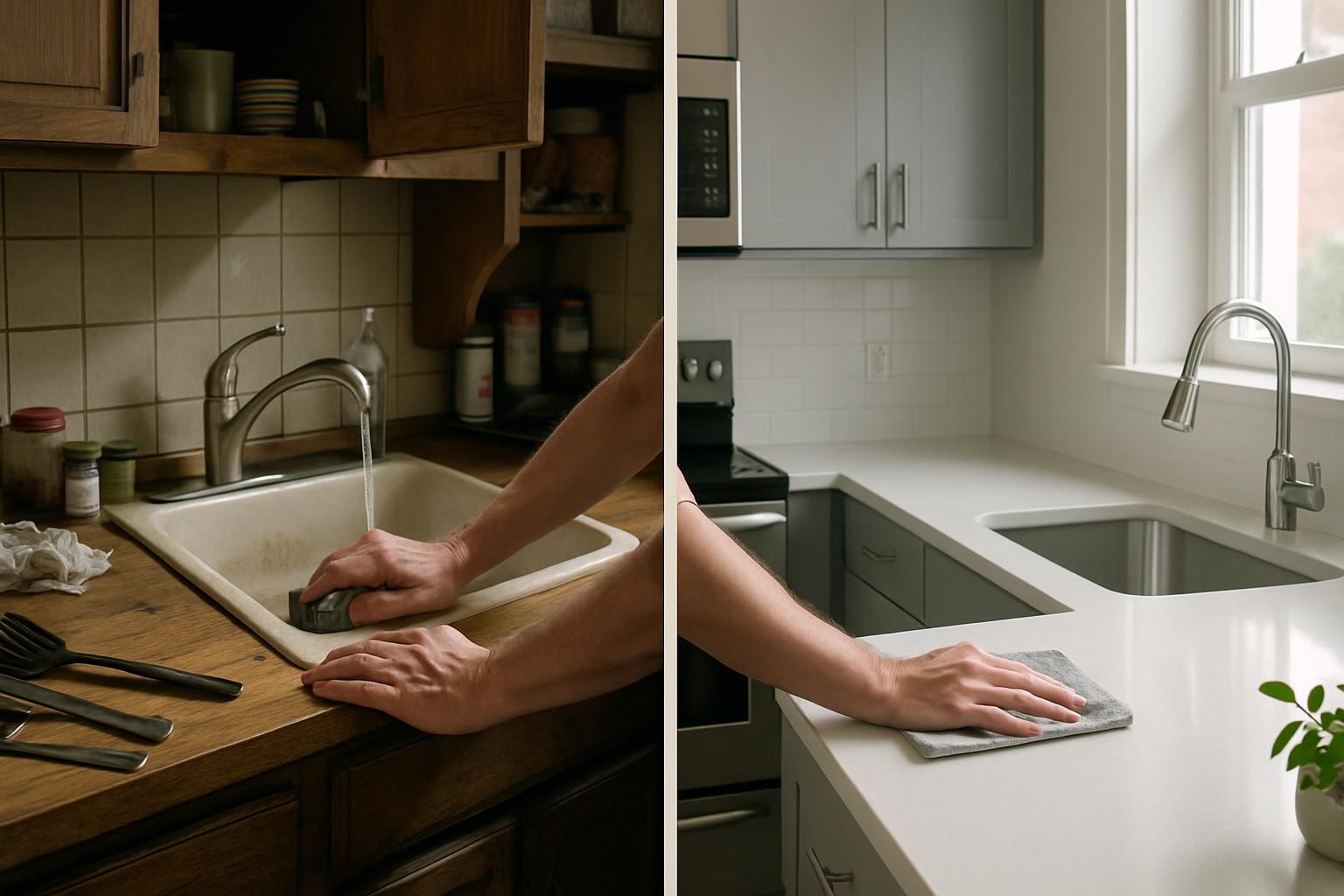
Deep cleaning takes more patience and elbow grease than routine tasks, but knowing the difference helps homeowners manage any cleaning schedule keep reading to learn how.
Understanding Deep Cleaning
Routine cleaning keeps a home tidy, but deep cleaning goes further and tackles hidden dirt. It involves kitchen cleaning to remove grease from ovens, fridges, and cabinets with baking soda or effective all-purpose cleaners; bathroom cleaning using stronger toilet cleaners to break down hard-to-reach grime; bedroom cleaning by washing curtains, vacuuming mattresses carefully with cordless vacuum cleaners to eliminate allergens; and living room care such as electronics cleaning and furniture maintenance with microfiber cloths.
Most households schedule deep cleaning monthly, quarterly or once per year based on clutter levels and lifestyle demands. Detailed house upkeep calls for extra effort such as scrubbing grout lines in bathrooms or dusting behind appliances.
Impact of Deep Cleaning on Time Requirements
Deep cleaning involves extensive effort and can double or triple the normal house-cleaning time. Families typically perform regular cleaning weekly, bi-weekly, or monthly; deep cleans usually happen every three to six months.
While bedroom cleaning normally takes about 20 minutes during standard housekeeping, a deep clean may stretch past an hour due to extra tasks like washing curtains and vacuuming mattresses.
Kitchen cleanup that takes around half an hour with routine methods can jump up to two hours when scrubbing appliances thoroughly with baking soda and all-purpose cleaner. Bathrooms also shift from quick wipe-downs using toilet cleaner or glass cleaner to hour-long sessions of detailed tile grout cleaning and disinfecting fixtures with microfiber cloths.
Hiring professional cleaners for deep sessions often saves valuable weekend hours while ensuring spotless results each season without exhausting family members’ energy.
Cleaning Tools and Supplies for Time Efficiency
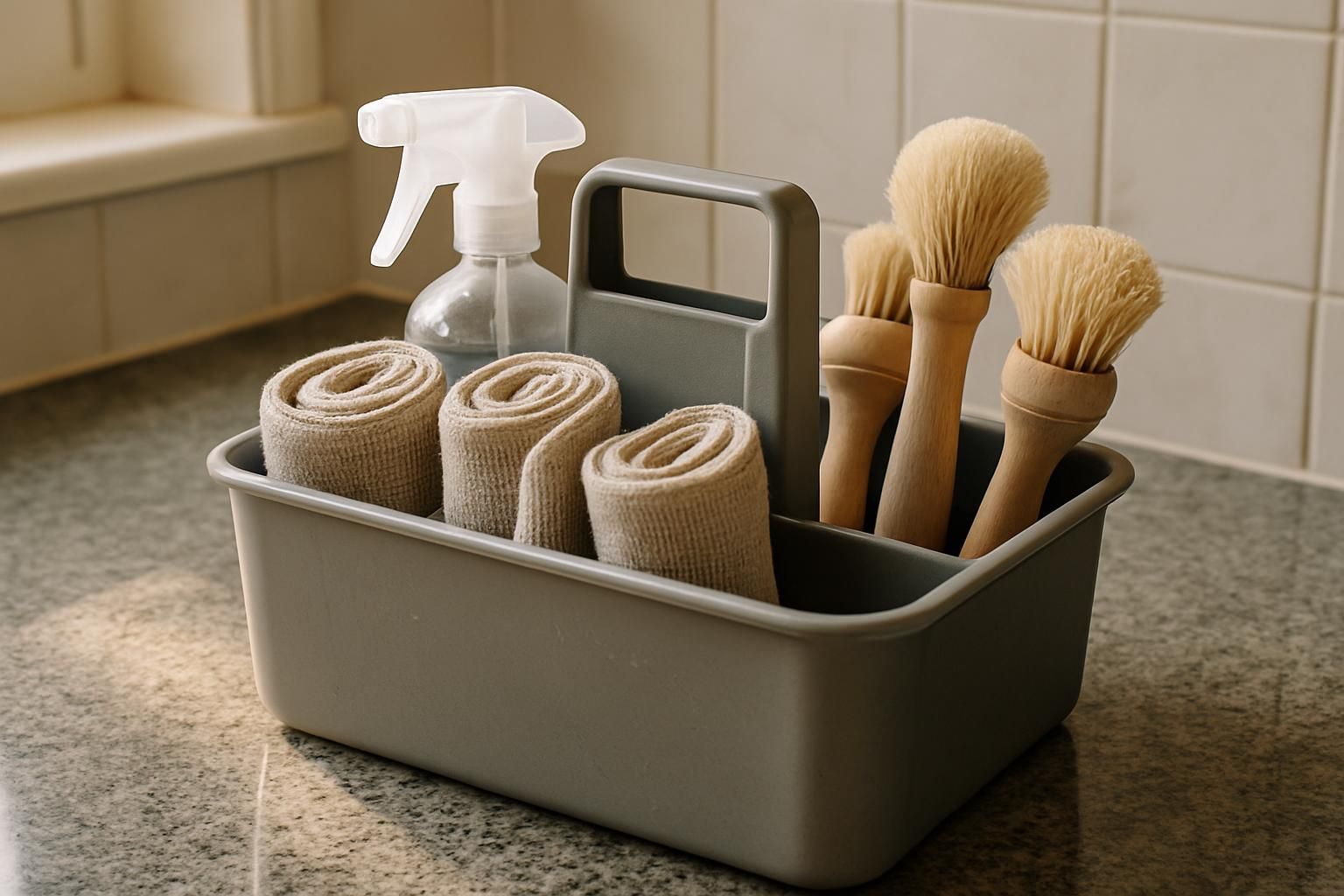
Smart cleaning supplies and handy cleaning tools knock minutes off chores discover which ones truly make a difference below!
Benefits of Microfiber Cloths
Microfiber cloths capture up to 99% of bacteria, leaving regular cotton cleaning tools far behind at just 30%. They pick up dirt without scratching surfaces, making them perfect for glass cleaner jobs on mirrors or stainless-steel appliances.
Homeowners get lint-free shine while kitchen cleaning or electronics cleaning tasks become simpler. Bathrooms cleaned with all-purpose cleaner and microfiber cloths stay spotless longer since germs do not spread as easily across wiped areas.
These durable cloths wash well in machines; they last through about 1,000 laundry cycles before needing a replacement. That means less money spent replacing worn-out rags or mops and fewer trips to buy new cleaning supplies.
Microfiber cloths also speed bedroom cleaning by grabbing dust more effectively than traditional fabrics, trimming precious minutes from weekly household chores.
Advantages of Cordless Vacuum Cleaners
Cordless vacuum cleaners offer convenience for parents and house owners. Cleaning becomes easier because these appliances operate without cords. Users move freely from kitchen cleaning to bedroom cleaning tasks without plugging and unplugging repeatedly.
Cord-free models speed up chores, cutting average room-cleaning times by several minutes each session.
With cordless vacuums, high-traffic areas get quick attention to maintain a tidy appearance throughout the day. Instead of searching for nearby outlets or tripping over wires around furniture, users smoothly finish living area cleanup sessions faster.
The lightweight design allows easy carrying upstairs to bathrooms or laundry rooms, and flexibility helps establish an effective cleaning schedule with minimal hassle.
Effectiveness of All-in-One Cleaning Products
All-in-one cleaning products save time and reduce cabinet clutter. They combine duties like glass cleaner, toilet cleaner, kitchen cleaning, bathroom cleaning, electronics cleaning, and bedroom cleaning into one bottle.
These cleaners tackle dirt efficiently on various surfaces including counters, appliances, and mirrors. DIY cleaners also score high marks; tests show a simple 50% vinegar solution effectively disinfects household germs.
Homemade mixtures beat both bleach and commercial EP solutions on ceramic surfaces. For parents or busy homeowners needing efficient cleaning tools to streamline regular or deep cleaning routines, picking an effective all-purpose cleaner keeps daily messes under control easily and affordably.
Tips for Making Cleaning More Efficient
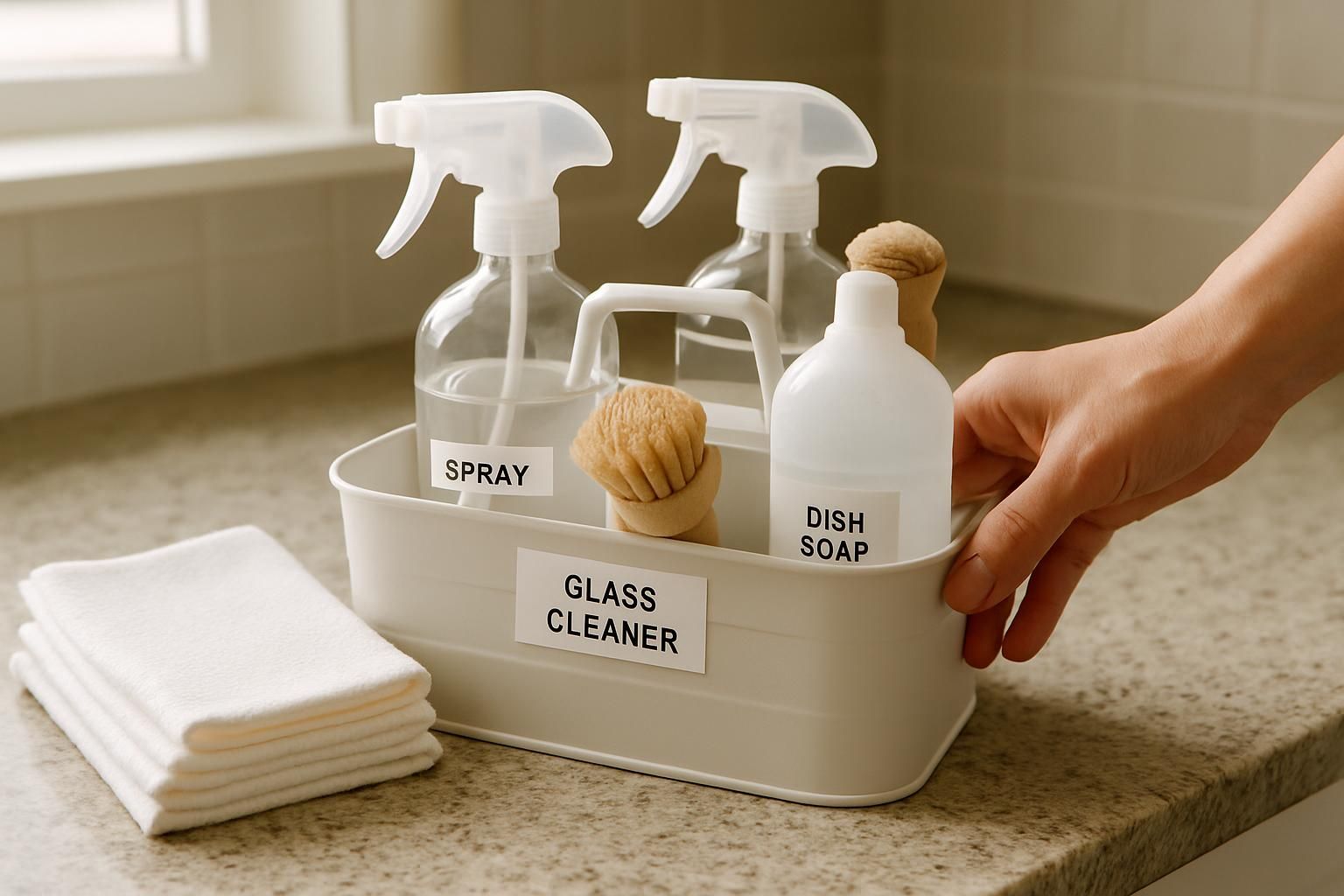
Cleaning does not have to drain energy or take forever simple ideas can keep frustration at bay. Simple techniques like timing tasks or teaming up with family members help chores go faster.
Segment Tasks into Manageable Parts
Breaking chores into smaller tasks makes housework easier. The Clean Mama Routine recommends dividing cleaning responsibilities into four clear parts, helping people focus better and avoid overwhelm.
Starting small with 5-10 minute sessions encourages consistent effort without stress, easing parents and homeowners into a realistic cleaning schedule. Tackling one manageable task at a time turns chores like bathroom cleaning or kitchen cleaning into achievable goals, leaving more room for family relaxation later.
Timing each task further aids in maintaining efficiency.
Time Each Cleaning Session
Timed cleaning sessions help complete tasks faster. A kitchen cleanup can drag on, so setting a 20-minute timer encourages quick routines using all-purpose cleaner and microfiber cloths.
Most Americans spend around 7 hours weekly on chores; timing each room shortens that number effectively. For instance, bathroom cleaning might need only 15 minutes with toilet cleaner and glass cleaner in hand if the session is timed closely.
Timed sessions motivate everyone to pitch in, making bedroom cleaning or electronics cleaning easier for busy houses.
Engage Family Members in Cleaning
Involving every family member makes cleaning faster and less tiring for one person. Parents can create a clear cleaning schedule with specific tasks assigned to each child or adult; small daily habits like making the bed, wiping kitchen countertops after meals, or tidying electronics become routine chores.
Room-specific checklists help kids see exactly what needs attention during bedroom cleaning, bathroom cleaning, or quick laundry room cleanup sessions. Keeping an all-purpose cleaner and microfiber cloths within reach encourages everyone to pitch in willingly.
When children help with chores, they gain valuable life skills while easing parental workload. Short bursts of activity keep younger children focused on sorting toys from cluttered areas or dusting furniture safely with mild glass cleaner solutions. Older children can use cordless vacuum cleaners to tidy floors quickly in high-traffic zones between weekly family cleans. Cleaning becomes lighter work when done together rather than left solely to busy adults.
Conclusion
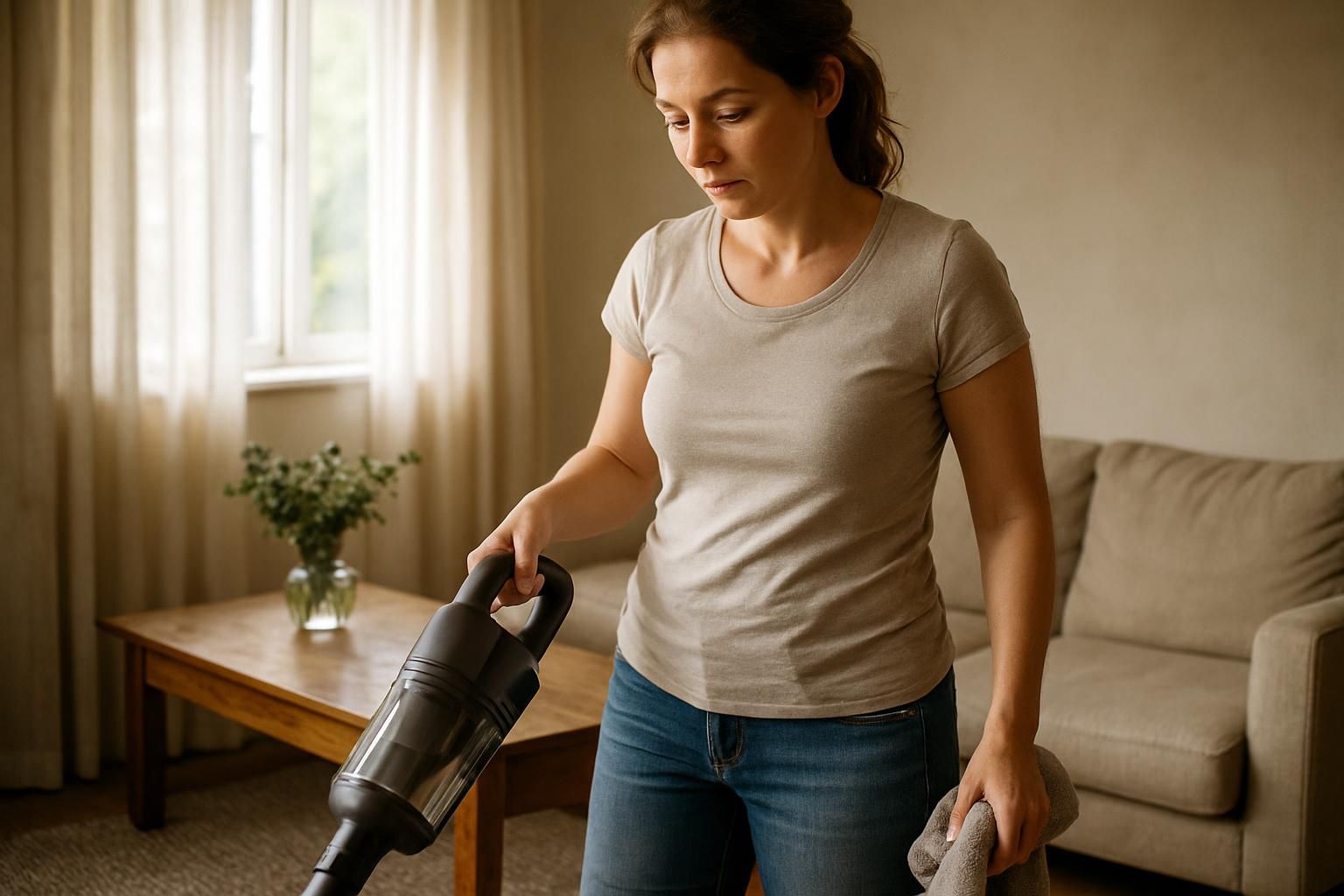
Cleaning a home doesn’t have to eat up an entire day. Smart choices, such as using microfiber cloths and cordless vacuums, speed things along with less hassle. Tackling clutter first and checking off chores room-by-room keeps the process clear and structured. Families who adopt regular cleaning routines cut down on effort for deep cleaning later on. With some helpful tips, cleaning can become quick work rather than a weekend task everyone dreads.
A printable cleaning checklist and a sample cleaning schedule can support home organization and simplify the process further.
FAQs
1. How long does bathroom cleaning usually take?
Bathroom cleaning typically takes around 20 to 30 minutes. With the right cleaning tools, like microfiber cloths and a good glass cleaner for mirrors, you can speed things up.
2. What’s the average time needed for kitchen cleaning?
Kitchen cleaning often lasts between 25 and 45 minutes. It depends on how messy your cooking gets; sometimes it’s quick, other times it feels endless.
3. Can microfiber cloths really shorten my house-cleaning routine?
Absolutely! Microfiber cloths trap dirt better than regular towels or paper products. They save time by quickly wiping down surfaces without leaving streaks behind.
4. Is using glass cleaner necessary when I clean windows and mirrors?
Glass cleaner makes life easier when tackling smudges or fingerprints on windows and mirrors in your home. A few sprays paired with a microfiber cloth will leave them sparkling clear in no time at all.

